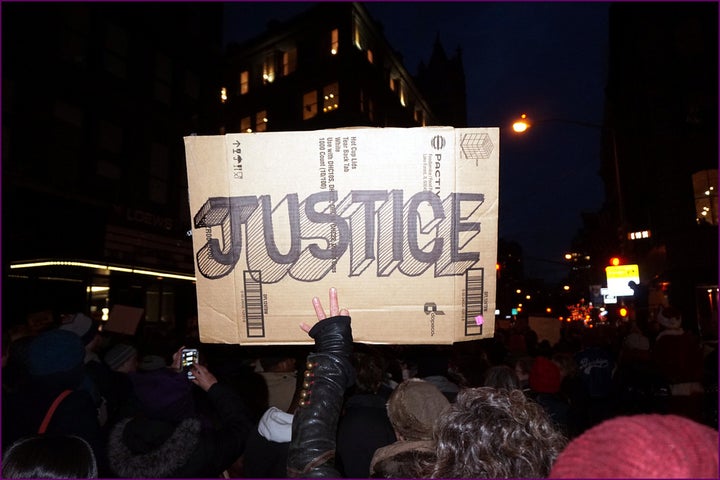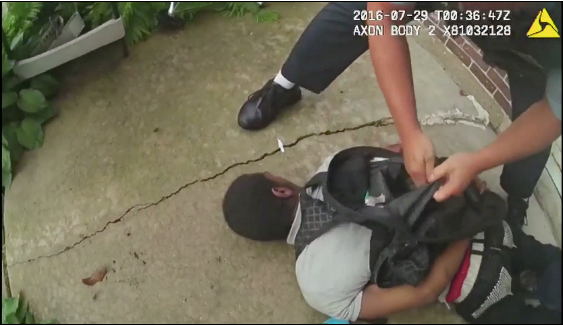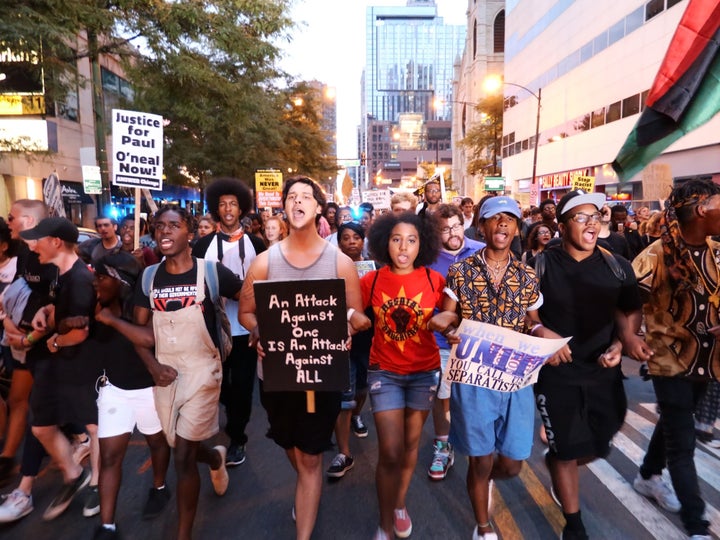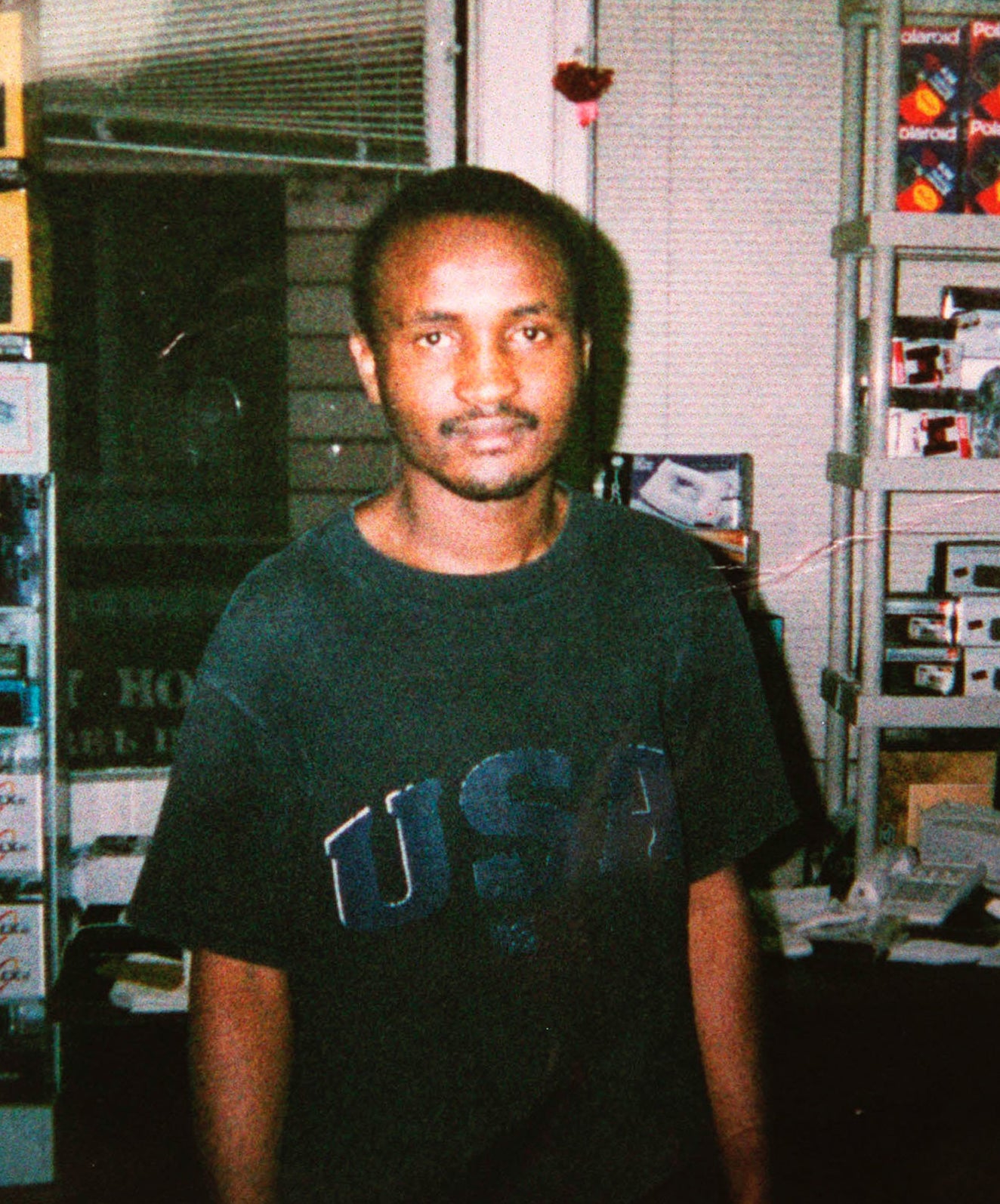
On Friday, August 5 the family of Paul O’Neal filed a wrongful death lawsuit against the Chicago Police Department and three unnamed officers for the fatal shooting of the 18-year-old recent high school graduate and beloved family member. This suit was brought on the same day that video footage taken from officers’ bodycams was released to the public. The video shows the moments before and after the fatal shooting, but footage of the actual murder itself was not captured. It is still unclear if the killing of the unarmed victim itself was not caught on video because the officer intentionally turned his bodycam off, or because the equipment malfunctioned.
What is known about the incident is that officers were attempting to stop a driver in a reportedly stolen vehicle. There were no reports that the suspect was armed and no evidence suggesting that he was armed when the call came through to officers. Even so, as Paul O’Neal sped by them in the reported vehicle, one of the officers opened fire on him.
Moments later, the suspect collided head-on with a police car that was approaching from the opposite direction. O’Neal exited the vehicle and fled on foot; the officers pursued him through a nearby yard. Five shots were fired at the victim as he tried to run away. One of the shots struck him in the back and killed him.
As the unarmed adolescent lay dying on the ground, one officer says, “Bitch-ass mother――-, f―-ing shoot at us.” Then they began cuffing the unarmed teen. He died soon after from his injuries. The officers involved were placed on desk duty.
At face value, it may seem as if this was a clear case of excessive force and a violation of the civil rights of Paul O’Neal. Michael Oppenheimer, attorney for the O’Neil family, called the incident an “execution.” Others might describe it as a lynching. From the standpoint of logic, it seems like an open and shut case. But as history has proven time and time again, law and logic are two completely different things. Logic would not allow the slayings of Oscar Grant, John T. Williams, Freddie Gray, Eric Garner, Sandra Bland, Mario Woods and Tamir Rice go without consequence. Law would.
Officers get away with murder on a routine basis not because the system is broken. It’s not. The system works just fine ― it’s just fixed to work in favor of law enforcement. An average of only 4 out of every 1,000 cases brought against law enforcement officers for murder have been brought to trial. Of these, an average of only one per year secures a conviction. One. And this one per year is usually accompanied by weak consequences.
“Logic would not allow the slayings of Oscar Grant, John T. Williams, Freddie Gray, Eric Garner, Sandra Bland, Mario Woods and Tamir Rice go without consequence. Law would.”
Officers are allowed to commit murder without facing consequences for their actions because the law is designed to allow them to do just that. This is why the odds are the unnamed officers responsible for chasing and gunning down Paul O’Neal will walk free. Odds are, no one will be held accountable for his death.
The odds are there will be no justice. There will be no peace.
In general, the criminal justice system provides no shortage of trapdoors through which law enforcement can escape conviction for murder. In this case, it is likely that the trapdoor will come in the form of the “objective reasonableness” standard set by the Supreme Court ruling on Tennessee vs. Garner (1985).
In a case all too similar to that of Paul O’Neal, Edward Garner was a black teenager fleeing police at the scene of an alleged theft. Officers were alerted that a suspect had broken into a nearby home. Two policemen on duty saw 15-year-old Garner fleeing the scene and pursued him on foot. Garner attempted to climb over a fence in efforts to escape. That is when officer Elton Hymon shot the young boy in the back of the head and killed him. The officer claimed that if the boy had made it over the fence, he would not have been able to apprehend him. As a result, he shot at Garner.
The child was later found to have stolen a purse containing $10. The Supreme Court ruled in this case that officers could not use deadly force against a fleeing suspect unless “the officer has probable cause to believe that the suspect poses a significant threat of death or serious physical injury to the officer or others.”
The members of the Chicago police force that were in pursuit of Paul O’Neal issued lethal force on two separate occasions. The first was when O’Neal drove by the officers in the allegedly stolen vehicle. The second was when he was shot in the back as he was fleeing on foot. It would seem that there is potentially a strong enough argument available to convict the officer that opened fire on O’Neal while he was still in the vehicle for violations of Chicago Police Department Policy as well as violation of Department of Justice policy.
“Officers are allowed to commit murder without facing consequences for their actions because the law is designed to allow them to do just that.”
It is against department policy for an officer of the Chicago Police Department to fire “at or into a moving vehicle when the vehicle is the only force used against the sworn member or another person.” Since Paul O’Neal was unarmed and not threatening to hit an officer at the time they started shooting, it should be considered a violation of precinct policy to open fire on him.
Under federal law, the Department of Justice dictates that an officer cannot discharge a firearm “…at or from a moving vehicle, unless it is absolutely necessary to do so to protect against imminent threat to the life of the officer or others. The imminent threat must be by means other than the vehicle, itself: 1) Officers will attempt to move out of the path of an oncoming vehicle, if possible, rather than discharge their firearms; 2) Officers will not intentionally place themselves in the path of an oncoming vehicle and attempt to disable the vehicle by discharging their firearms; 3) Officers will not discharge their firearms at a fleeing vehicle (a vehicle moving away from the officer) or its driver.”
Even so, officers that claim the vehicle was being used as a deadly weapon have been able to be cleared of charges. Assuming that the directives of the Department of Justice are upheld, though, the officer that fired at O’Neal while he was still in the car could easily be considered to have acted in violation of federal law.
The shots fired at O’Neal while he was in the vehicle were not the ones that killed him, though. The shots that killed Paul O’Neal were fired into his back as he fled on foot.
The vehicle the teenager had been driving was stopped in the head on collision with an oncoming police car. It has not been determined if O’Neal ran into the officer’s car or if the officer obstructed his path with the vehicle intentionally; however, after shots had already been fired and the vehicle had been stopped, O’Neal exited the car and arguably ran for his life. Officers pursued the 18-year-old on foot in a residential area and caught up to him in the backyard of a nearby house. One of the officers in pursuit fired five shots – one of which fatally struck Paul O’Neal in the back.

As the vehicle had already been removed from the context of the shooting and O’Neal was shot in the back as he fled on foot, a new question arises: Is it legal for officers to open fire on a suspect that is fleeing on foot?
This question takes us once against to rulings made by the Supreme Court in the 1980s, this time to Graham vs Connor (1989). The ruling in this case added the “objective reasonableness” standard to violation of the legislation that protects citizens from the deprivation of rights under the color of law. This is now one of the most frequently used standards by which officers are allowed to escape conviction for murder.
In Graham vs. Connor (1989), the court found that the “’reasonableness’ of a particular use of force must be judged from the perspective of a reasonable officer on the scene, and its calculus must embody an allowance for the fact that police officers are often forced to make split-second decisions about the amount of force necessary in a particular situation.”
This standard allows for officers to claim that deadly force was necessary because they were under the impression that a weapon was present. No weapon needs to actually be present. Officers need only to claim that they thought a firearm or other deadly weapon was present in order to be cleared of federal charges brought for the murders they commit.
And this is where the problem with Graham vs. Connor (1989) lies. All the three unnamed Chicago police officers have to do is argue that they thought that thought Paul O’Neal was armed when they gunned him down in order to walk away without a conviction. Law enforcement officers are not unfamiliar with the “objective reasonableness” standard. It is no surprise that in the immediate moments after they killed Paul O’Neal that they would claim that the teenager was armed and had fired at him.
Evidence from the scene revels that as Paul O’Neal lay dying in a Chicago backyard, one officer can be heard saying, “F―-ing shoot at us!” Another officer says, “The bullets were f―-ing whizzing by me over here. I don’t know if they were the police or who.” An officer also says, “The shots were coming at us as the car was coming at us. I didn’t know if he was armed or not.” And the officer most likely to have been the one that put the fatal bullet into Paul O’Neal’s back can be heard saying, “Dude, I heard shots. I don’t f――ing know, man. When he came out the yard, he shot at me.”
One of the officers on the scene of Paul O’Neal’s death could be heard saying that he believed shots were being fired at them by O’Neal while he was still in the vehicle. He was overheard saying that this is the reason he pursued the teenager after the car had crashed.
“No innocent, unarmed civilian should face the death penalty for an unproven crime. No guilty, armed civilian should face the death penalty for any untried crime.”
It would be reasonable to assume that the unnamed officer that shot and killed Paul O’Neal is going to claim that he believed that the shots fired by his fellow officer were actually fired by the teenager. This claim could allow him to successfully argue that it was objectionably reasonable to pursue O’Neal with lethal force – even though O’Neal was completely unarmed. And as a result, it is feasible, and in fact likely, that the officer that gunned down Paul O’Neal, as well as the other officers involved in the shooting, will face absolutely no legal consequences for this killing.
And once again, there will be no justice. Once again, there will be no peace.
Until the supreme court ruling in Graham vs. Connor is overturned, police officers will be allowed to murder an unarmed suspect accused of a low level, non-violent crime – and any suspect accused of any crime – so long as he states that he believed the suspect was armed. The police should not be allowed to be judge, jury and executioner for any accused crime.
No innocent, unarmed civilian should face the death penalty for an unproven crime. No guilty, armed civilian should face the death penalty for any untried crime. But so long as Graham vs. Connor stands, a police officer can gun down an unarmed teenager for taking a joyride in a fancy car and nothing will be done about it.
So long as Graham vs Connor stands, there will be no justice. There will be no peace.


